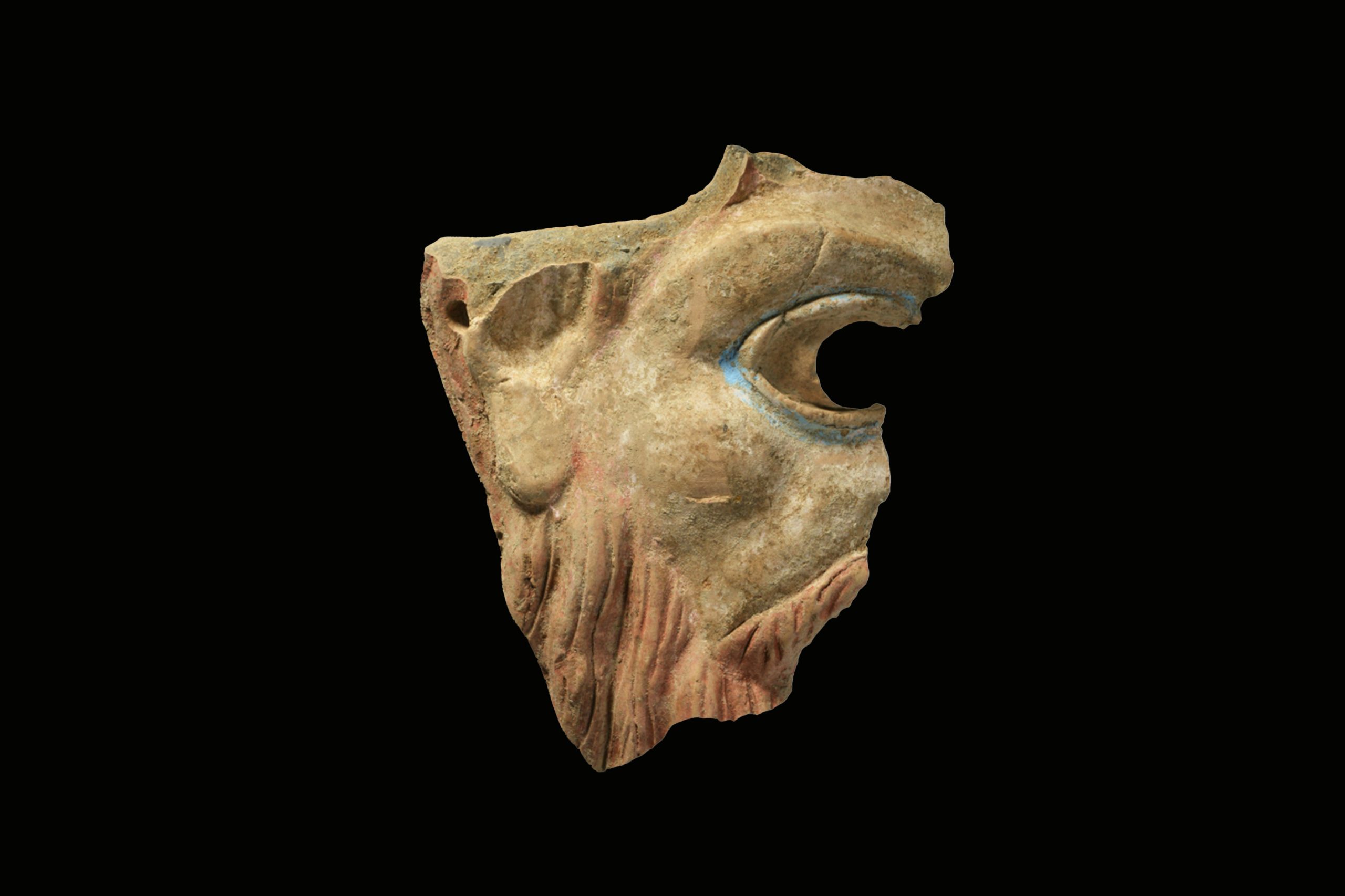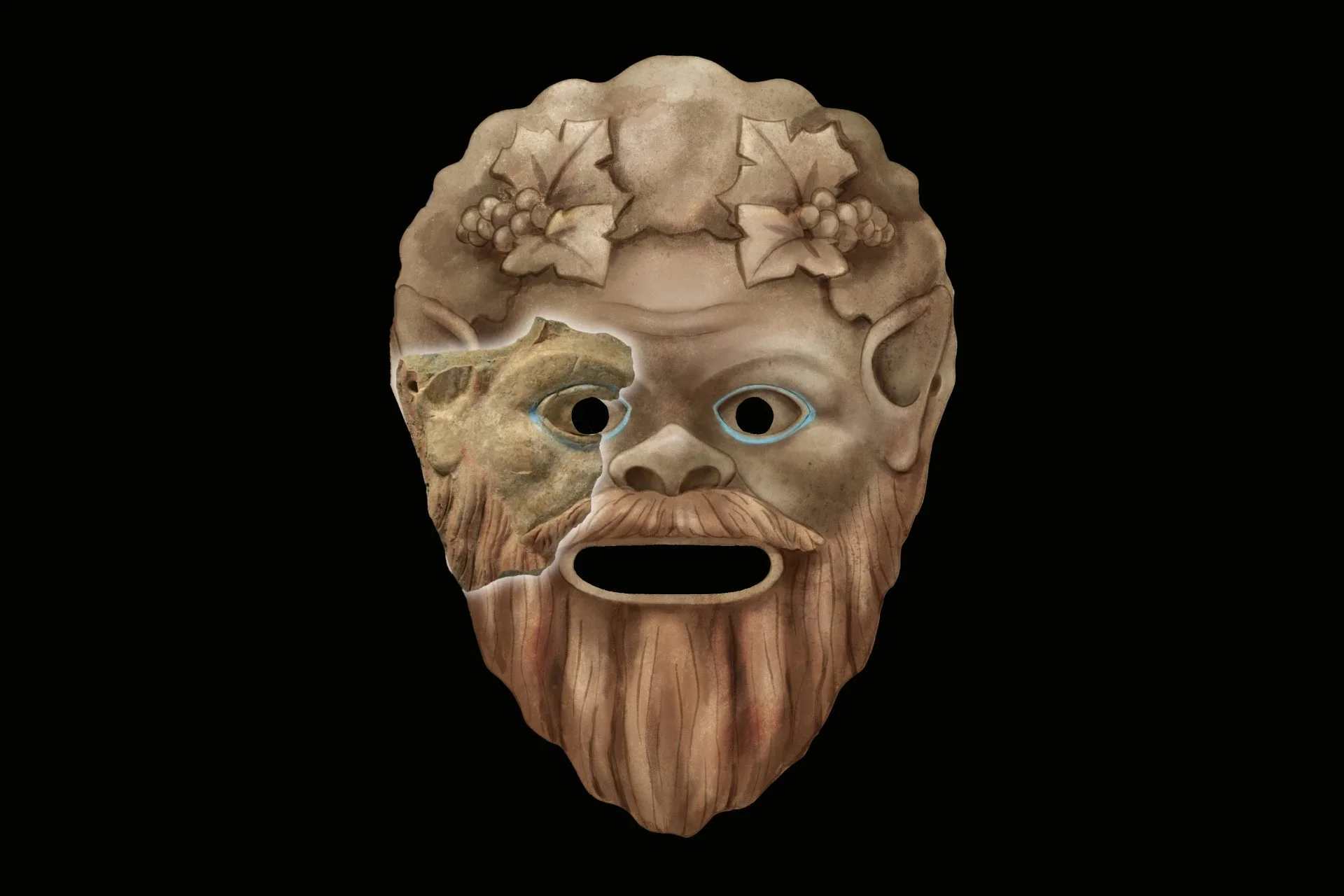The discovery of a terracotta theatrical mask offers compelling new evidence for the existence of a theatre in the ancient Greek city of Phanagoria.
Phanagoria was the largest ancient Greek city on the Taman peninsula, located along the eastern shore of the Cimmerian Bosporus.
Founded by Teian colonists around 543 BC, the city served as major trading hub between the Maeotian marshes and the countries on the southern side of the Caucasus.
Recent excavations, supported by the Volnoe Delo Foundation, have uncovered a fragment of a theatrical mask, which according to experts provides tangible proof that a classical theatre once operated in Phanagoria.
Dating to the 2nd century BC, the fragment depicts a satyr – a creature from Greek mythology that has the upper body of a man and the legs, tail, and horns of a goat. Satyrs are also associated with Dionysus, the god of wine and revelry, and are known for their love of wine, music, dancing, and attempting to seduce women.

According to a press statement by Volnoe Delo: “A perforation behind the ear once held the strap that secured the mask to the actor’s head. Measuring about 30 cm in length, with wide openings for the eyes and mouth, the piece was clearly a functional theatre prop.”
“In ancient Greece, actors wore masks to switch roles and convey emotions. Facial features and colours allowed audiences to recognise a character’s personality at a glance.”
The discovery was made in the city’s central district, where archaeologists suspect the main theatre once stood. Head of the Phanagoria expedition, Vladimir Kuznetsov, noted that historical sources already hinted at such a structure.
“There isn’t the slightest doubt that Phanagoria had a theatre,” he said. “We believe it was located on a hill overlooking the sea and modern Kerch — the ancient Panticapaeum, capital of the Bosporan Kingdom,” added Kuznetsov.
Previous excavations have also unearthed miniature ritual masks, often less than 10 centimetres high. These were typically mounted on poles and dedicated in sanctuaries as votive offerings, sometimes in hopes of healing or divine favour.
Header Image Credit : Ann Belyanina
Sources : Volnoe Delo







